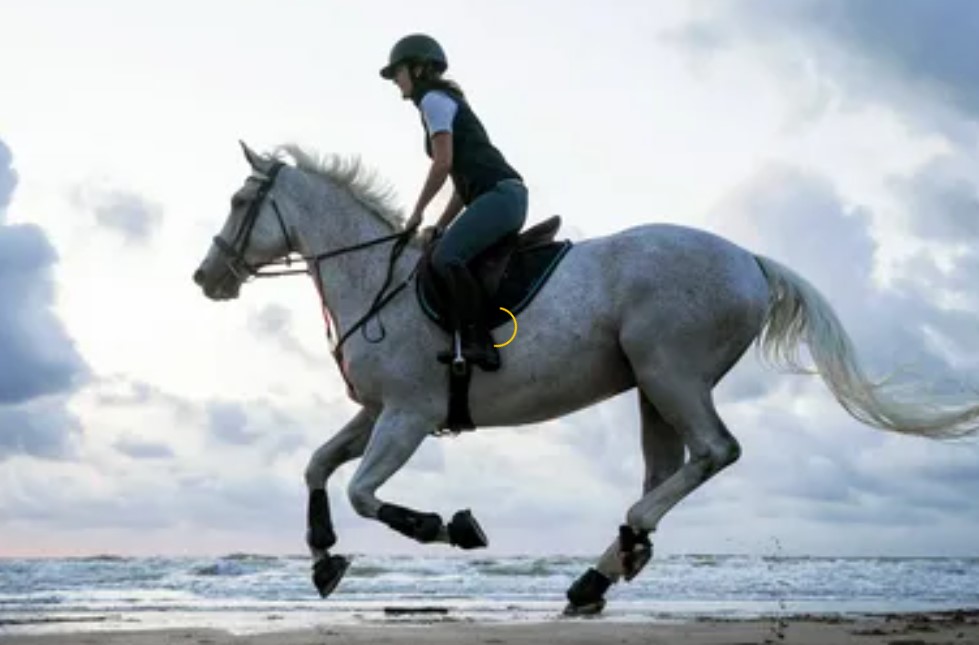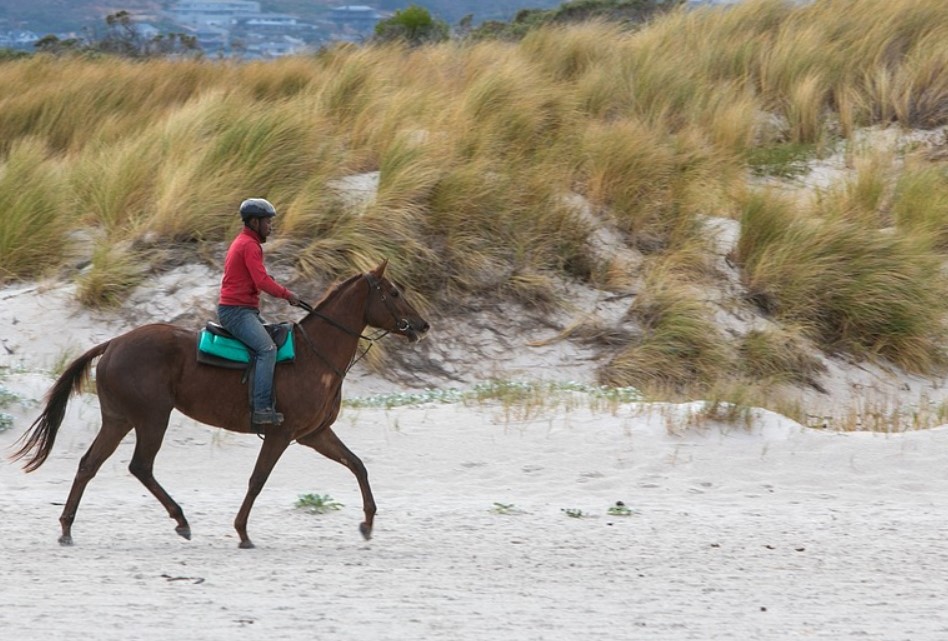There are many factors that determine how far a horse can travel in a day. The terrain, weather, time of year, and time of day are all factors that affect how far a horse can go in a day. Here is a list of the factors that affect the distance a horse can travel in a day. Keep these factors in mind when planning a trip! If you want to make sure that you’re making the most out of your horse’s daily exercise, read on to learn more about how much your horse can do in a day.
Distance a horse can travel in a day
The distance a horse can walk in a day can vary greatly, depending on both the rider and the horse. While a trained horse can often go much further than a non-trained horse, its base range is only two to 2.5 times the distance you can walk on it in a single day. In the same way, poor weather can reduce a horse’s distances by up to a quarter or half.
The distance a horse can cover in a single day depends on the fitness of the horse, the type of terrain, and the rider. Riding for six hours at a time is not a pleasant experience. Even experienced riders find it difficult to remain in the saddle for such a long period of time. However, horses can travel up to 30 miles in a single day. A rider should always keep in mind these factors when choosing a horse for the ride.
Terrain affects distance a horse can travel in a day

The distance a horse can travel in a single day depends on many factors. For example, the terrain the horse is travelling on can determine its maximum speed. If the terrain is flat, the horse can move at a faster speed. However, if the terrain is rocky or sandy, the horse’s speed will decrease. Because horses get tired easily when moving over rocky or sandy ground, it is important to space the galloping activities over a period of time.
Distance traveled by a horse depends on the type of movement it performs. There are three different gaits that horses can use: the slowest walk, the fastest trot, and the fastest gallop. Each type of movement has different characteristics that can affect a horse’s speed. If the terrain is unfamiliar, a horse will be less efficient than in a familiar setting. In addition, different terrain can cause the horse to slow down.
Weather affects distance a horse can travel in a day
While we’re not talking about superhuman abilities, we can understand how the weather affects the distance a horse can travel. In desert climates, horses can spend most of the day outdoors. But this type of weather is hard on the horse, limiting their ability to run long distances and avoid fatigue. In addition, mosquitoes and bugs don’t like the warm desert air, so they don’t cause the same problems. In these conditions, a horse can cover just fifteen to twenty miles a day, with few days of traveling longer than 30 miles.
A horse’s mileage depends on the movement type he uses. This includes walking, trotting, and running. A four-beat natural walk is the fastest type of movement, covering four miles per hour. However, trotting a horse will take a horse up to eight mph. It can also be used for training, as
trotting can be a good way to increase the distance a horse can cover in a day.
Time of year

Depending on its physical condition, a horse can travel up to 35 kilometers (about 20 miles) per day. This is much less than the average horse’s daily mileage. Horses don’t have unlimited energy and get tired just like humans do. However, if they are healthy and kept in good condition, a horse can travel a lot farther. In some cases, the horse can even make 100 miles in a day.
The optimal temperature for horses is around 70 degrees Fahrenheit (21°C). Rainy days are bad for horses as the ground becomes slippery and they don’t like to be wet. Horses can usually travel between 2-7 miles in rain before seeking shelter. If the weather is not favorable, they can only travel about 10 miles (16 km). However, extreme weather conditions can have severe health consequences for horses. The horses may become dehydrated and their electrolytes may be depleted.

